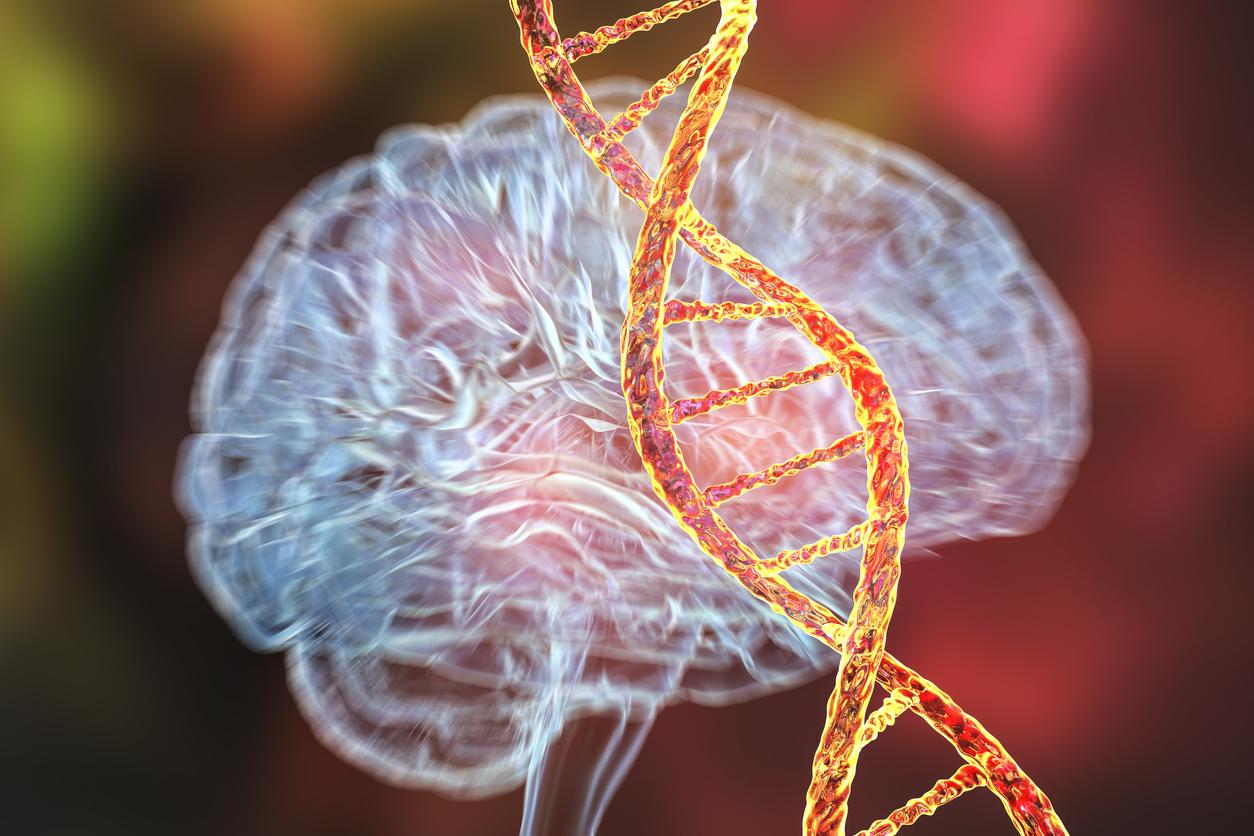A chemical compound found in a plant native to South and West Africa could be effective against tuberculosis, according to a new study.

- A compound found in African wormwood may be effective against tuberculosis, a new study suggests.
- Called O-methylflavone, it can kill tuberculosis-causing mycobacteria in both their active and inactive states.
- Further research is needed to confirm the results.
Artemisia afra, also called African wormwood, has been part of traditional medicine pharmacology for thousands of years. Scientists at Pennsylvania State University have just discovered that it contains a chemical compound that can help fight tuberculosis.
Their discovery will be presented in the October edition of Journal of Ethnopharmacology.
Tuberculosis: a compound that kills “active” and “inactive” bacteria
To test the value of African wormwood in fighting tuberculosis, scientists took a crude extract of the plant and separated it into “fractions” – that is, simpler chemical profiles. Each of them was brought into contact with the bacteria Mycobacterium tuberculosis, responsible for tuberculosis.
“We also used machine learning to model the correlation between changes in chemistry and changes in activity that we observed”specifies co-author Joshua Kellogg in a press release. “This allowed us to focus on two fractions that were really active.” These additional tests allowed the team to discover that the compound called O-methylflavone effectively kills tuberculosis bacteria in both their active and inactive states. Which, according to researchers, is rare in currently available treatments for the disease.
“There is a ‘normal’ microbial bacterial form, in which it replicates and grows, but when it is stressed – when drugs or the immune system attacks it – it enters a pseudo-hibernation state, where it shuts down much of its cellular processes until it perceives that the threat has passed.”adds Joshua Kellogg. “This makes it very difficult to eliminate these hibernating cells, which is why we were really keen to study potential new chemicals or molecules that could attack this hibernating state.”

Tuberculosis: a path to new treatments
Additional tests carried out on a human cell model also showed that O-methylflavone presented minimal toxicity. Thus, for researchers, their discovery opens the way to new treatments against tuberculosis.
“Although the potency of this compound is too low to be used directly as an anti-tuberculosis treatment, it could nevertheless serve as a basis for the design of more powerful drugs, explains Joshua Kellogg. In addition, there appear to be other products similar chemicals in African absinthe that could also have the same type of properties.”

















